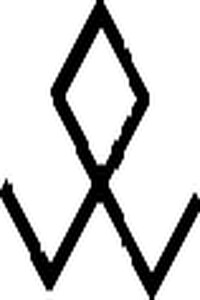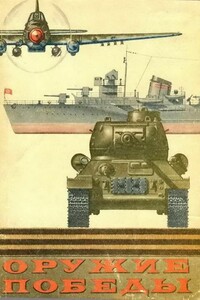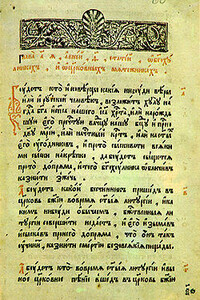3. Attention is drawn to the relevant sections of the International Code of Signals, the Merchant Ship Search and Rescue Manual and the following signals:
(a) a piece of orange-coloured canvas with either a black square • and circle or other appropriate symbol (for identification from the air);
(b) a dye marker.
Запрещается применение или выставление любого из Вышеуказанных сигналов в иных целях, кроме указания о бедствии и необходимости помощи; не допускается также использование сигналов, которые могут быть спутаны с любым из вышеперечисленных сигналов.
3. Следует также обращать внимание на соответствующие разделы Международного свода сигналов, Руководства по поиску и спасанию торговых судов, а также на возможность использования следующих сигналов:
(a) полотнище оранжевого цвета с черным квадратом либо кругом или другим соответствующим символом (для опознавания с воздуха);
(b) цветное пятно на воде.
GUIDANCE FOR THE UNIFORM APPLICATION OF CERTAIN RULES OF THE INTERNATIONAL REGULATIONS FOR PREVENTING COLLISIONS AT SEA, 1972
The following guidance is provided to assist seafarers and all others concerned in the application of certain rules of the International Regulations for Preventing Collisions at Sea, 1972:
1. Clarification of the definition „Vessel constrained by her draught". Rule 3 (h)
Not only the depth of water but also the available navigable water width should be used as a factor to determine whether a vessel may be regarded as constrained by her draught. When determining this, due account should also be taken of the effect of a small underkeel clearance on manoeuvrability of the vessel and thus her ability to deviate from the course she is following. A vessel navigating in an area with a small underkeel clearance but with adequate space to take avoiding action should not be regarded as a vessel constrained by her draught.
2. Clarification of the application of the word „underway". Rule 3 (V
When applying the definition of the term „underway" marinors should also have regard to Rule 35 (b) where it is indicated that a ves* sel may be underway but stopped and making no way through the water.
3. Clarification of the implication of the words „not to impede" as appearing in Rules 9 (b), (c) and (d), 10 (i) and (j) and 16 (d)
When a vessel is required not to impede the passage of another vessel, such vessel shall'so far as practicable navigate in such a way as to avoid the development of risk of collision. If, however, a situation has developed so as to involvo risk of collision, the relevant Steering and Sailing Rules shall be complied with.
4. Clarification of the relation between Rule 10 and the Rules of Part B, Sections II and 111
A vessel navigating in or near a traffic separation scheme adopted by the Organization shall, in particular, comply with Rule 10 of the International Regulations for Preventing Collisions at Sea, 1972, to minimize the development of risk of collision with another vessel. The other Rules of the 1972 Collision Regulations apply in all respects, and particularly the Rules of Part B. Sections II and III, if risk of collision with another vessel is deemed to exist.
ay
РУКОВОДСТВО ПО ЕДИНОМУ ПРИМЕНЕНИЮ НЕКОТОРЫХ ПРАВИЛ МППСС—72
Нижеприведенное руководство предназначено для помощи мореплавателям и всем другим лицам, которых это касается, в части применения некоторых Правил МППСС—-72.
1. Разъяснение термина «Судно, стесненное своей осадкой», Правило 3 (h).
В качестве фактора, определяющего можно ли рассматривать судно как стесненное сноси осадкой, следует использовать не только глубину, но также и доступную ширину судоходных вод. Должно • внимание необходимо также обращать на влияние малой глубины по>1! килем па маневренные качества судна и. таким образом, на его спи собность отклониться от курса, которым оно следует. Судно, идущее в районе и котором оно имеет малую глубину под килем, но достаточное hj v I транпво для предпринята действий для избежания столкновения нельзя считать судном, стесненным своей осадкой.






